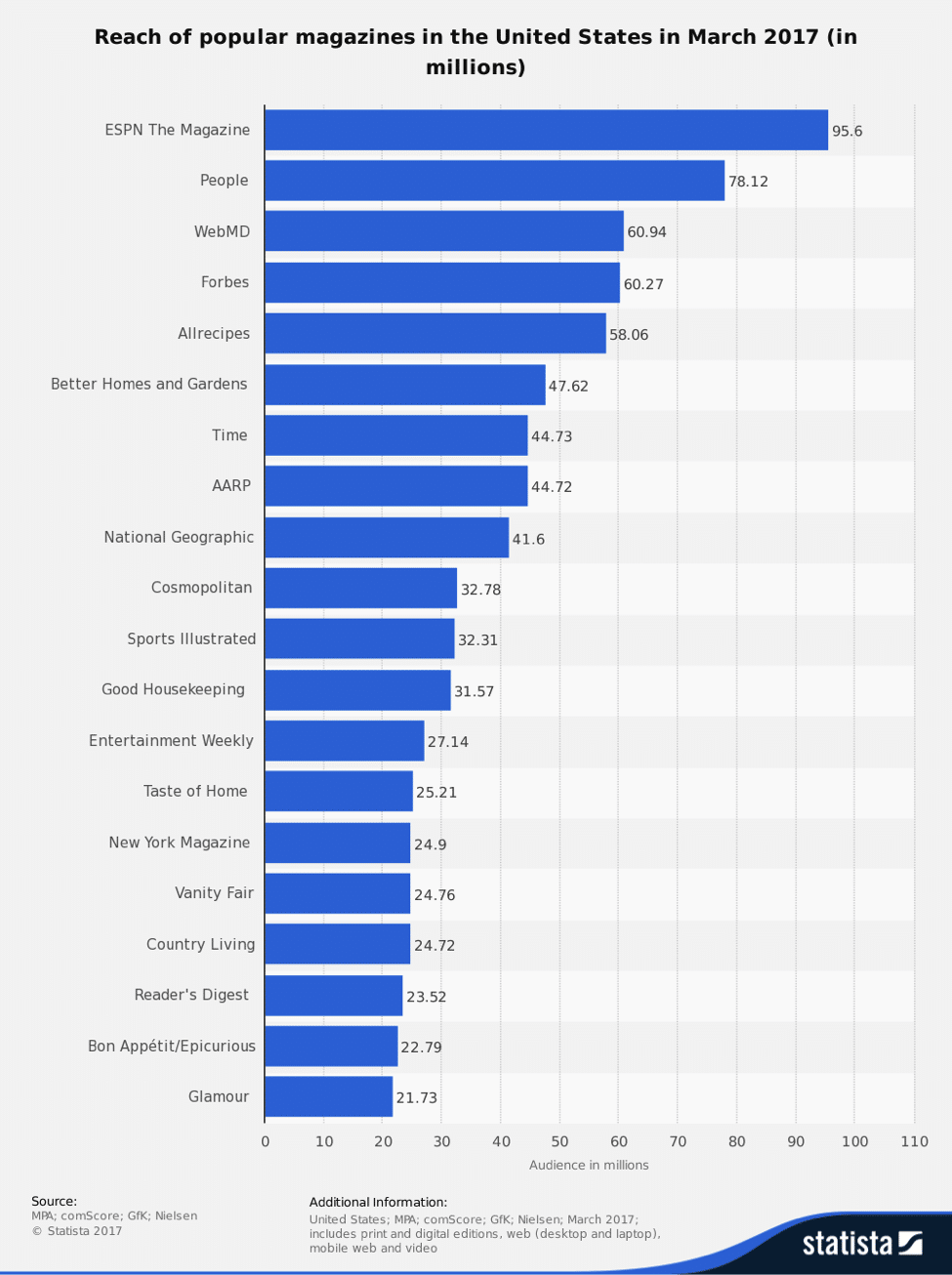
Interesting Times for ePublishing: Chaos, Creativity, and Competition
Source: Bigstock
New technologies are appearing so rapidly that the publishing industry - already slow to respond to changes a generation ago - is poorly positioned to take advantage of them. Consequently, unless some killer app appears to solve current conundrums, revenue growth for the epublishing industry, including subscription revenue, is likely to be flat to negative looking ahead five years. Look at this revenue forecast for ePublishing revenue out to 2021:
(Source: Statista) This a...
HELLO!
This premium article is exclusively reserved for Subscription Insider PRO members.
Want access to premium member-only content like this article? Plus, conference discounts and other benefits? We deliver the information you need, for improved decision-making, skills, and subscription business profitability. Check out these membership options!
Learn more about Subscription Insider PRO memberships!
Already a Subscription Insider PRO Member?
Please Log-In Here!








